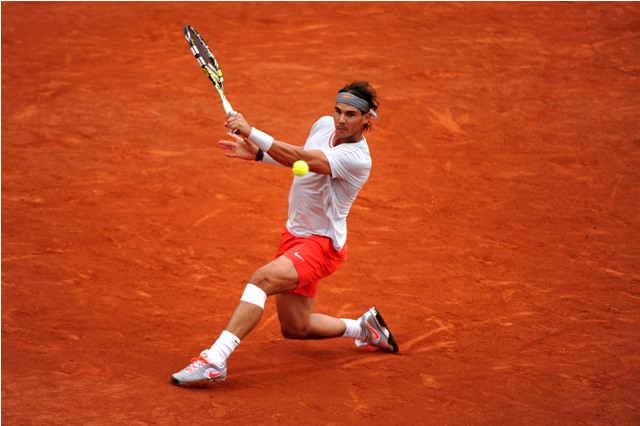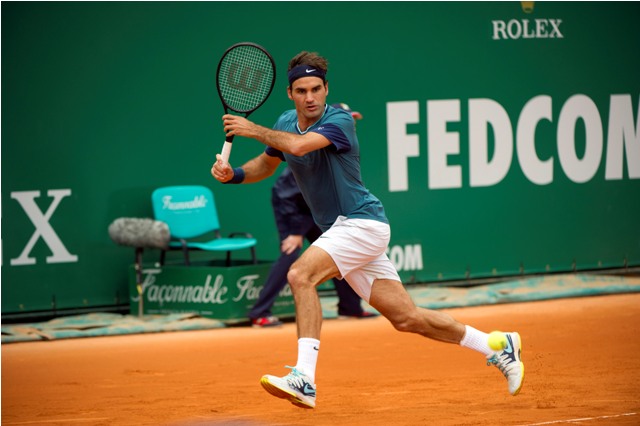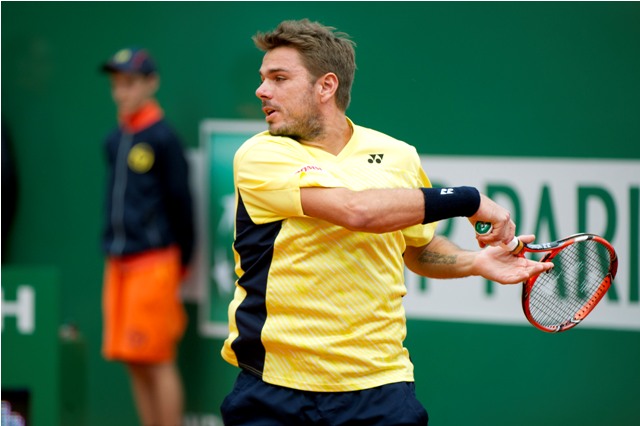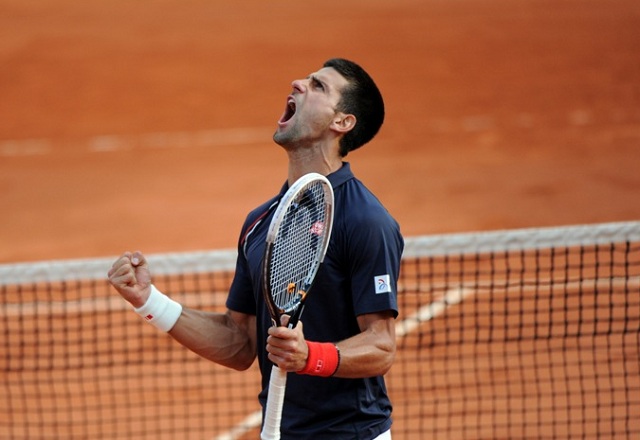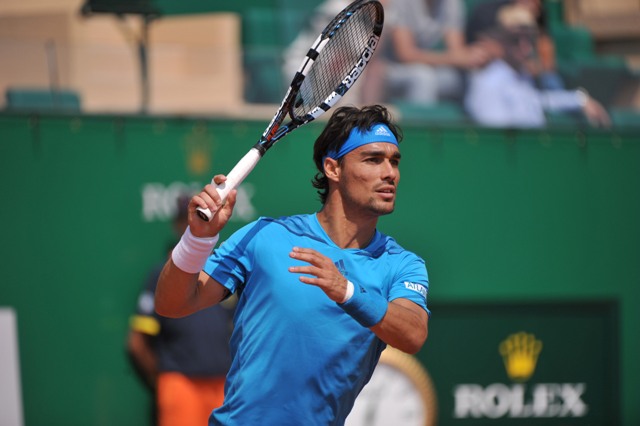Grigor Dimitrov vs Gael Monfils Preview – Monte Carlo 2015 QF
 Following an interesting day of tennis in Monte Carlo, one of the four quarter-finals scheduled to take place on Friday afternoon will look far different than the ones fans and pundits expected it to be. Instead of a potential all-Swiss quarter-final, a rematch of last year’s final, we will be treated to a flashy showing from Grigor Dimitrov and Gael Monfils, who have met on three previous occasions on the professional tour. Monfils leads the head-to-head series 2-1.
Following an interesting day of tennis in Monte Carlo, one of the four quarter-finals scheduled to take place on Friday afternoon will look far different than the ones fans and pundits expected it to be. Instead of a potential all-Swiss quarter-final, a rematch of last year’s final, we will be treated to a flashy showing from Grigor Dimitrov and Gael Monfils, who have met on three previous occasions on the professional tour. Monfils leads the head-to-head series 2-1.
The first match on Centre Court saw Dimitrov thrash the defending champion Stan Wawrinka in straight sets to cement his place in the final eight in Monte Carlo. He saved all six break points he faced in the encounter to close out the match 6-1, 6-2 in 55 minutes. It was one of Dimtrov’s most impressive wins of the season to date.
He will now come up against swashbuckling Frenchman Gael Monfils, who produced another marvelous showing against Federer on clay to dispatch the 17-time Grand Slam champion in straight sets. He won the match 6-4, 7-6(5) to secure his spot in the quarter-final stage of the tournament. He even rallied to win four consecutive points in the final tiebreaker to earn the emphatic victory over the world No. 2.
“It was not the best end to the match,” said Federer. “I should have done better with the break up in the first. I think I did a good job to hang around the second set. I also had chances of my own. “It remained close, but I never felt like things were really happening the way I wanted them to be going during the whole match.”
Dimitrov and Monfils have crossed paths on three previous occasions on the ATP World Tour, with Monfils leading the series 2-1. The Frenchman has won their two hard court encounters, including the most recent one in the fourth round of last year’s US Open, but Dimitrov won their sole clay court encounter in Bucharest last season, which certainly adds a layer of intrigue to an already riveting encounter. Given that both players produced strong showings on Thursday, it is difficult to determine who will advance to the final four in Monte Carlo.


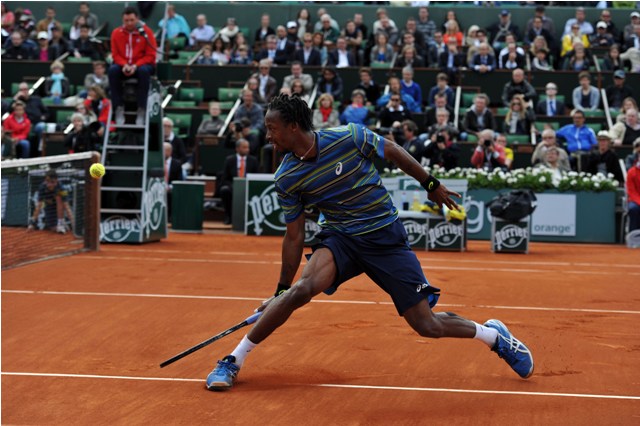
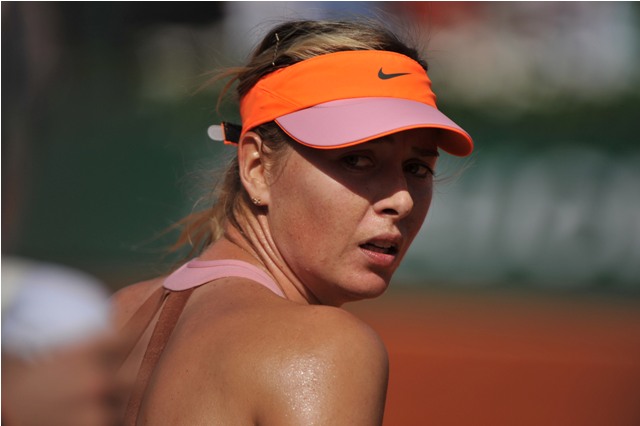

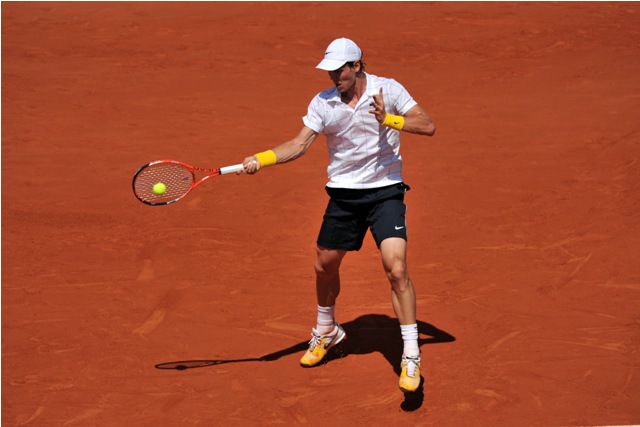

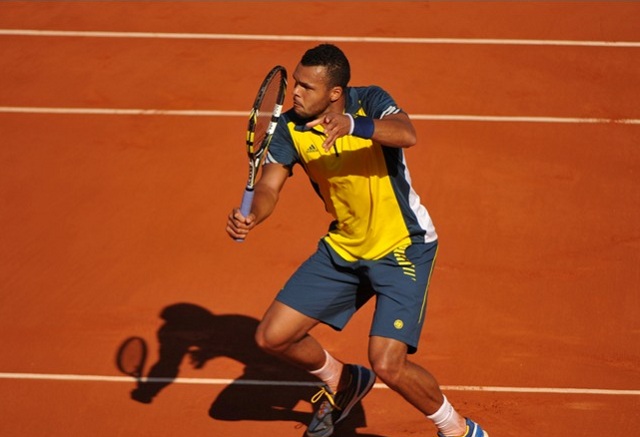
 On Tuesday afternoon, the reigning US Open champion Marin Cilic was able to earn his first professional win of 2015 at this year’s Monte Carlo Masters event. Following the relieving victory for the Croat, he will set his sights on Jo-Wilfried Tsonga, whom has faced on four previous occasions and leads 3-1 in the head-to-head series.
On Tuesday afternoon, the reigning US Open champion Marin Cilic was able to earn his first professional win of 2015 at this year’s Monte Carlo Masters event. Following the relieving victory for the Croat, he will set his sights on Jo-Wilfried Tsonga, whom has faced on four previous occasions and leads 3-1 in the head-to-head series.
